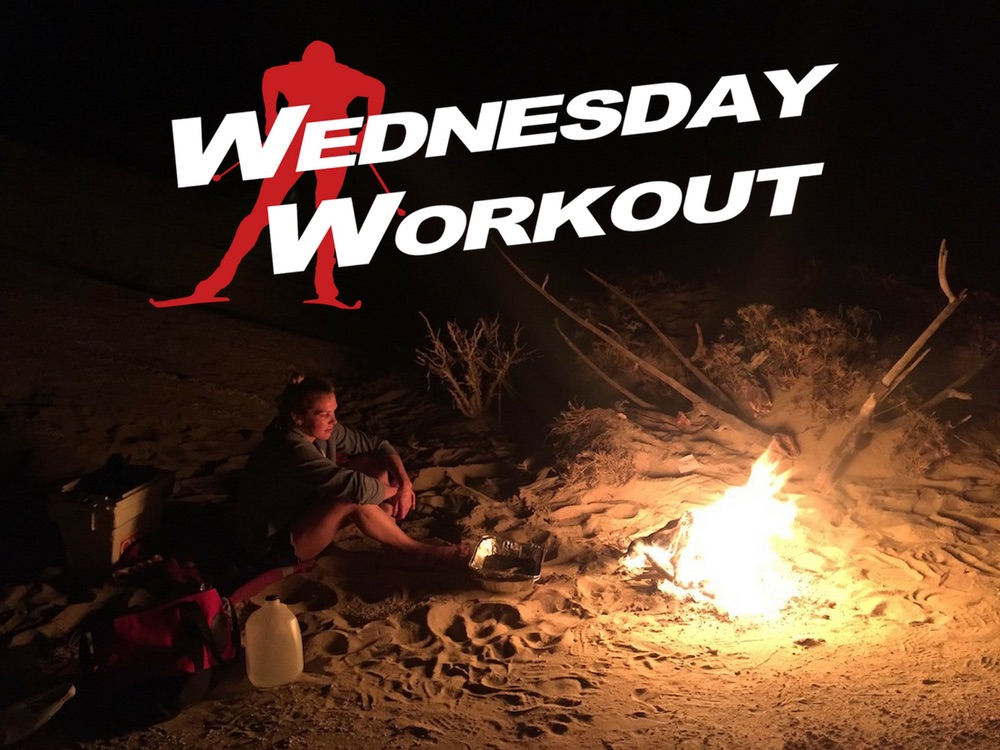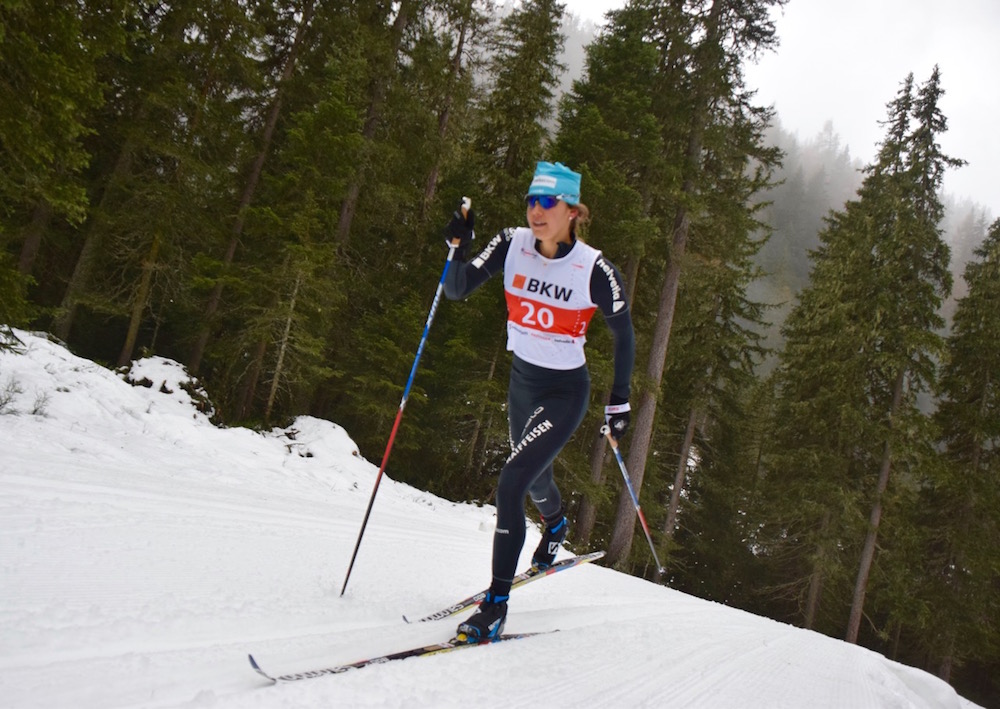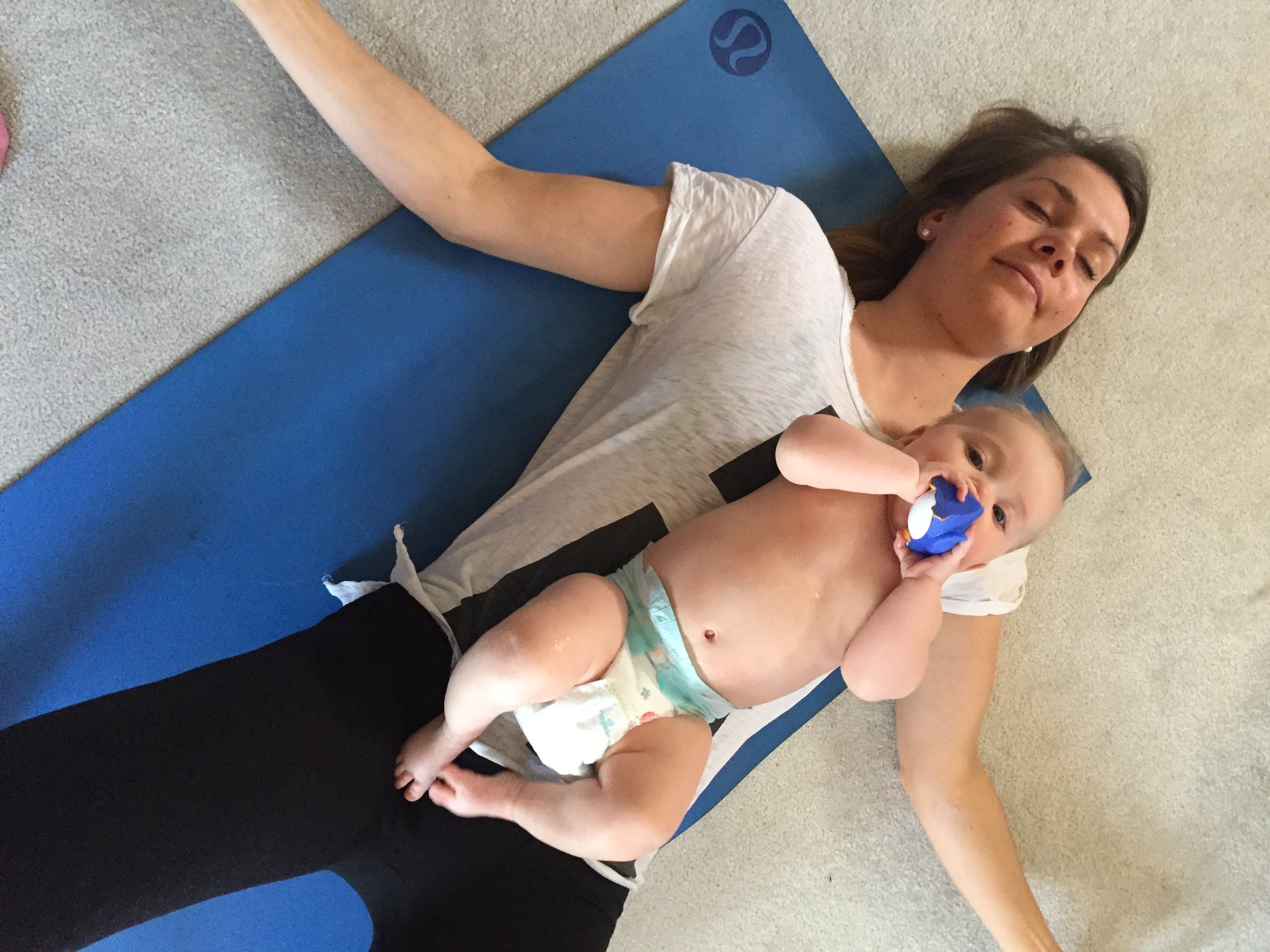
Swiss-Canadian skier Heidi Widmer found herself on a tough stretch of road, she recently wrote on her blog. The road in question was a huge hill outside of Torsby, Sweden. To get up it four times, she “embraced the grind”. “The moments where I feel like I juiced the most potential, are the ones where my thoughts and actions were dedicated to executing the task at hand,” the 26-year-old Banff native wrote.
One of the ways she works towards getting that potential is practicing mindfulness. The term is is something of a bandwagon these days, with numerous apps and other monetized incentives to be more mindful.
But more simply, mindfulness just means being fully present in the moment and aware of oneself. According to the Merriam-Webster dictionary, it’s “the practice of maintaining a nonjudgmental state of heightened or complete awareness of one’s thoughts, emotions, or experiences on a moment-to-moment basis; also : such a state of awareness.”

Widmer first started paying attention to mindfulness as a system of thought when she was in crisis.
In 2013, she collided with fellow Canadian racer Andrea Dupont in a NorAm sprint in Thunder Bay, Ontario, and got a concussion. Later that year she crashed while rollerskiing and concussion symptoms returned. She ended up taking several weeks off training.
“When I had a concussion (both in the fall of 2010 and again in 2013), I listened to mindfulness videos on YouTube,” Widmer wrote in an email. “Those were stressful and uncertain times for me, because I didn’t know what was causing my symptoms nor how to get better. The videos helped guide a mindfulness practice to relax and recover. So, I guess that’s how I first showed interest in mindfulness and meditation.”
Fast-forward through 2014 — when she became an Olympian — and the subsequent years, where she moved to Switzerland, claimed her dual nationality, joined the Swiss National Team, and is now part of a long-distance pro team, SAS ProTeam.

Mindfulness still helps.
“Using mindfulness helps me create a mindset that is focused, open to learn and expand,” Widmer explained. “In training, that could transfer into focusing on technique, going out to push out some intervals or letting yourself go to enjoy a mountain run. For racing, it clears up space in my mind to focus in on the race at hand and creates a better body awareness. I have learned that by observing my thoughts, body language, how I am feeling and my response to different training inputs, for example, is not just important for me as an athlete, but as a person. It slows the time down and breaks the bigger goals into smaller moments.”
Many athletes will have worked on one or more of those goals in different ways. For Widmer, doing some simple, calming breathing exercises every day helps. She took us through some of the steps to getting our own mindfulness routine going.
- Figure out what works for you. “I’ve had a couple of different recordings, where you sit there and listen with headphones,” Widmer wrote of her initial explorations into mindfulness. “Some of them are done lying down and they’re these guided meditations or mindfulness. I think they work well, but I have found even more benefit from being the initiator and the evaluator. I am observing where my thoughts are going (or not going for that matter) instead of it being a guided process… There are so many options online and apps available, but if it’s a daily practice that you’re after, just try sitting in a comfortable position in a private space and just breathe. No head phones, turn your phone off and if you’re on a mountain or near the ocean, all the better.”
- It doesn’t have to be high-tech. “Nowadays, I work with sport psychologist John Coleman, and we talk a lot about incorporating daily practice and energy management,” Widmer explained. “There are a lot of videos and apps (friends speak highly of ‘Headspace’), but the most valuable and accurate representation of how I’m feeling is just counting my breaths, no technology needed. It’s very transportable and versatile.”
- Widmer’s five-minute go-to: “Each even number is a breath in, and the odd numbers are a breath out. I count from zero up to ten and then back down again. Deep belly breaths through my nose, observing my thoughts and always ending with a smile.”

- Make it a routine. “Doing it at a similar time and place each day helps create a patterned habit,” Widmer wrote. “I’m no expert, monk or yogi, but I am the weird girl who embraces sitting by herself in the morning to breathe. I try to do it first thing in the morning for about five minutes.”
- Don’t hide. Rather than letting interactions with other people rip you out of your habits, get them familiar with your routine, too. Out of the universe of things people do, they probably won’t think it’s that weird. “It is definitely difficult to keep a schedule at training camps or when I was in Canada and my niece was the only thing I wanted to concentrate on — She is THAT cute,” Widmer wrote. “However, filling people in on what your doing (as in teammates, coach, family or friends) helps to keep me on track. It’s the same with incorporating any habit. The more you do it, the easier it becomes.”
- Even on busy days, stay on track. “If there are days (eg. travel days or tight living quarters at training camps) when I am flustered and just forget to do it in the morning, I get to the end of the day and think ‘whoa, cray. Where did the day go?’” Widmer wrote. “Having those few minutes in the morning to just sit, and be still is so powerful. Acknowledging if I am focused, calm and energised or if I have low energy or don’t feel great in training. Observation is the key.”



